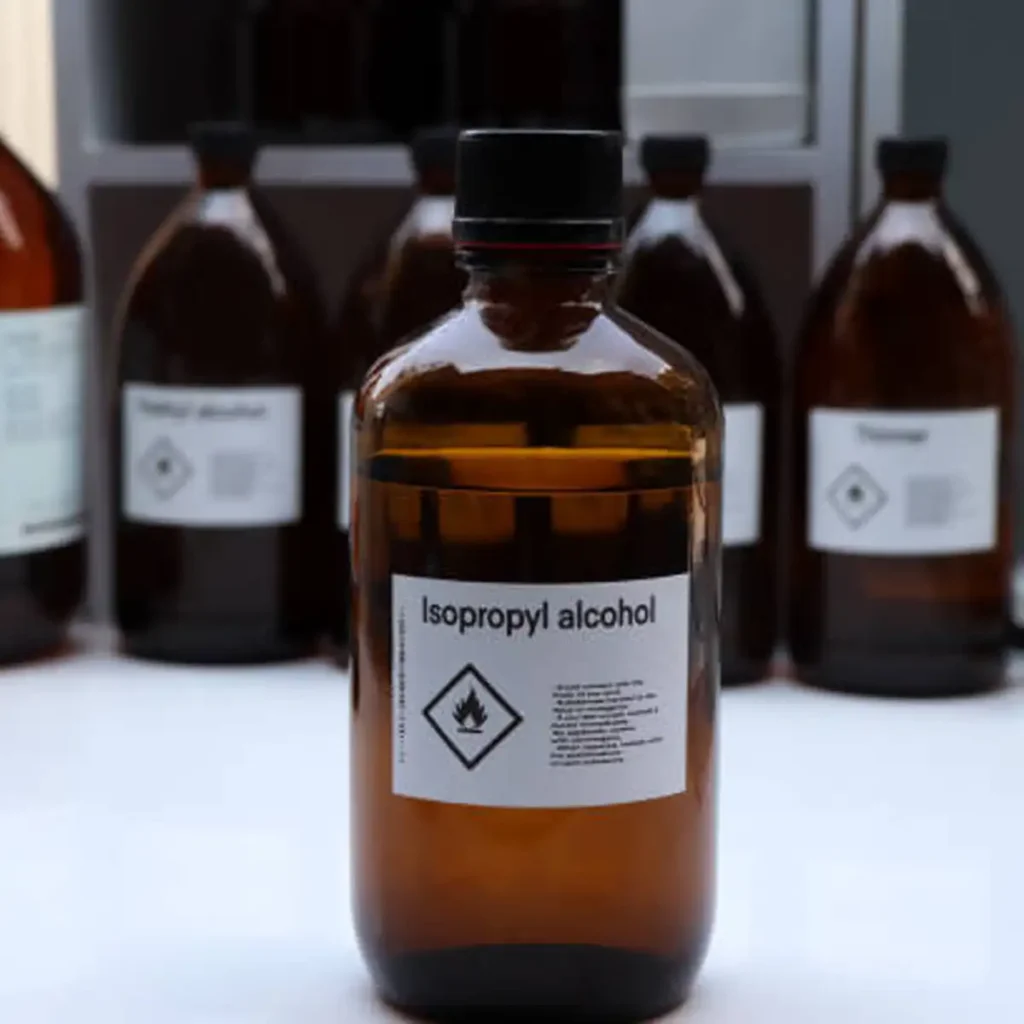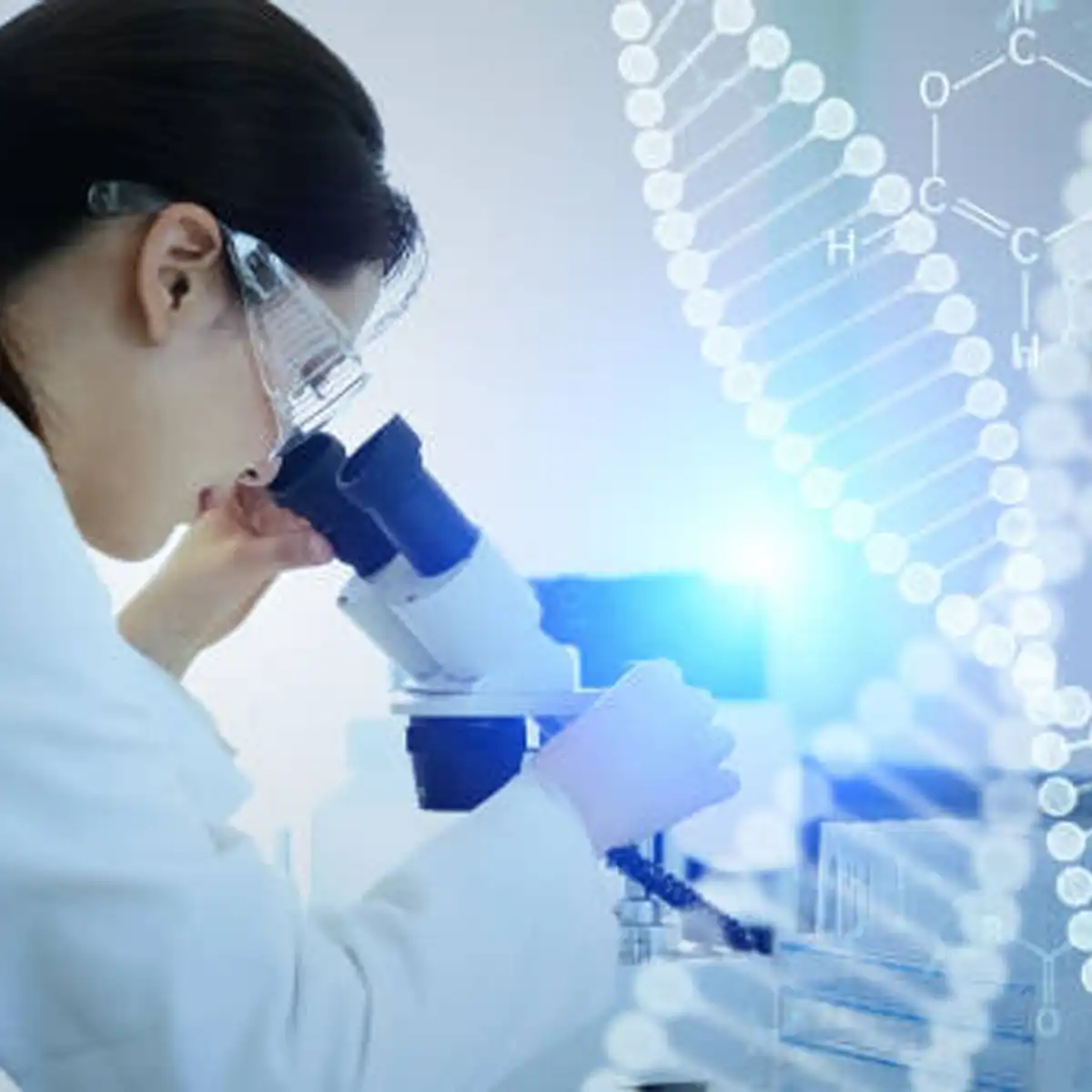The definitive 2025 guide to isopropyl alcohol market trends, applications and safety
Isopropyl alcohol (IPA) remains a critical solvent and intermediate in various industries, including healthcare, personal care, and electronics. Analyst estimates diverge on headline size, yet all signal a period of expansion. One tracker projects the market to reach USD 3.7 billion in 2024, increasing to USD 3.98 billion in 2025 and USD 7.09 billion by 2033, implying a compound annual growth rate (CAGR) of nearly 7.5%. Another finds USD 4.8 billion in 2024, with Asia holding more than 40% share and continued growth through 2033. Both views align on robust downstream demand and tightening high-purity supply.
Supply has been volatile in 2024 and 2025. Weather events and production hiccups at North American sites disrupted propylene feedstock and IPA output, driving regional spot prices to levels comparable to those seen in mid-2025. Price intelligence services recorded USA benchmarks near USD 1,362 per metric tonne in June 2025. This pattern reinforces IPA’s mission-critical status for customers who prioritise continuity over savings during short squeezes.
Electronics is a structural driver. Investment is flowing into domestic capacity for high-purity IPA used in wafer fabs and advanced packaging. A notable US project announced in March 2025 aims to expand onshore production of semiconductor-grade IPA by 2027, in response to the growth of the chip sector and concerns about purity risks in long-haul supply chains.
Chemical identity and physical profile.
IPA, also termed isopropanol or propan-2-ol (CAS 67-63-0), is a colourless, volatile liquid with a sharp, musty odour. It is miscible with water at all ratios, evaporates quickly, and meets the US definition of a Class IB flammable liquid due to a flash point below 23°C and a boiling point at or above 38°C. Vapours are heavier than air and can travel to an ignition source, causing flashback.
Key properties.
* Molecular formula: C3H8O.
* Boiling point: 82.6–83.0°C.
* Freezing point: −88.3°C.
* Flash point: 11.7°C (closed cup).
* Vapour pressure: \~33 mmHg at 20°C.
* Incompatibilities: strong oxidisers, acetaldehyde, chlorine, ethylene oxide, strong acids; formation of unstable peroxides is possible over time.
* Odour threshold: 22 ppm.
Real fact: At 22 ppm, IPA’s odour becomes noticeable to many people, but odour is not a reliable safety indicator. Exposure limits are set at far higher or lower levels for different purposes, and relying on smell can be hazardous.
Market drivers
Personal care and consumer hygiene continue to absorb large volumes through hand rubs and surface cleaners. Although consumption normalised after the pandemic surge, baseline use remains higher than in 2019. In regulated markets, monographs and quality standards frame acceptable compositions and impurities for alcohol actives in OTC rubs, underscoring persistent institutional demand.
Healthcare, laboratories, and pharmaceuticals rely on IPA as a disinfectant and solvent, where grade, water content, and residue profile are critical for validated processes. The United States Pharmacopoeia maintains monographs for isopropyl rubbing alcohol and isopropyl alcohol that specify composition and test requirements, reinforcing standardisation across clinical use.
Electronics and precision manufacturing favour 99% IPA or higher for rapid, residue-free cleaning of printed circuit boards, stencils, tooling, and optical components. Industry guides and suppliers indicate ≥90% as the practical threshold to minimise moisture-related risk on water-sensitive assemblies.
On the supply side, IPA availability is closely tied to propylene markets and refinery operating rates. Weather disruptions and unit outages in North America during 2025 tightened balances and raised prices, while Asia maintained dominance in capacity and consumption. Analysts characterise the Asia Pacific as the most significant and fastest-growing region, driven by clusters in cosmetics, pharmaceuticals, and electronics.
Bio-based production and decarbonisation pathways
Several technological routes are advancing the production of bio-based IPA. One strand uses gas fermentation to convert industrial waste gases into acetone and isopropanol, with peer-reviewed work reporting harmful cradle-to-gate emissions in pilot operations. Public datasets and life-cycle analyses from the programme indicate net CO2 uptake per kilogram of product relative to fossil pathways.
A second strand positions IPA as an intermediate toward bio-polypropylene. The concept under development utilises biomass-derived IPA, dehydrated to propylene, which is then polymerised to produce PP. While commercial timelines have shifted, the route remains relevant as a strategic hedge for polymer producers seeking lower-carbon feedstocks.
Recent North American investments also target ultrapure IPA for chips rather than bio-origin. However, they reflect the same strategic goal: greater resilience and control in high-purity supply chains, where contamination risks carry outsized costs.
Applications by concentration and sector
Selecting the correct concentration is a critical decision for use. Water changes contact time, solvency, and evaporation dynamics. Incorrect grades can reduce efficacy or damage assets.
Healthcare and laboratories
For routine surface disinfection of non-porous equipment and benches, 70% IPA is widely adopted. The water present slows evaporation and facilitates protein denaturation, thereby improving microbicidal activity against many vegetative bacteria compared to dehydrated alcohol. Controlled studies on stethoscope decontamination have shown substantial reductions in colony-forming units with 70% IPA after short contact times.
There are important limitations. Adenoviruses that cause epidemic keratoconjunctivitis are not reliably inactivated by 70% isopropyl alcohol on ophthalmic devices such as applanation tonometers, where alternative disinfectants are recommended. Protocols should reflect device-specific evidence and manufacturer instructions.
Electronics and precision cleaning
For electronics cleaning, higher grades such as 99% IPA are preferred to cut dwell time and remove ionic and non-polar residues without introducing water that could trap under components. Guidance from electronics cleaning specialists, contract manufacturers, and chemical suppliers converges on a rate of≥90% for assemblies and 99% for moisture-sensitive processes. Typical uses include flux removal, stencil cleaning, and degreasing of tooling.


Industrial and commercial uses
Beyond clinical and electronics environments, IPA is used in inks, coatings, adhesives, oil and grease removal, and as a processing solvent. It also serves as a feedstock for the production of acetic acid, which is then converted into acetone. Product stewardship requires grade selection that aligns with residue limits, odour, and conductivity requirements for the end application.
IPA versus alternatives
Rubbing alcohol is not the same as neat IPA. Pharmacopoeial definitions specify rubbing alcohol as a pre-diluted solution that typically contains 68% to 72% isopropyl alcohol by volume, with water and permitted additives. Neat IPA in high purity is an industrial chemical and should not be applied directly to the skin.
Consumer health content often treats the terms as interchangeable; however, the regulatory and compositional distinctions matter for labelling, safety, and use.
IPA and ethanol
Both IPA and ethanol are flammable disinfectants with overlapping uses. Differences arise from toxicity, regulation, and device compatibility. Ethanol benefits from extensive pharmacopoeial use in ingestible contexts, which drives stricter impurity control pathways in some applications. Many electronics teams favour IPA at ≥90% for faster evaporation and lower water carryover on assemblies.
Evidence caveat on biofilms
A peer-reviewed study of Staphylococcus aureus and S. epidermidis reported that exposure to clinically relevant concentrations of ethanol and IPA increased biofilm formation, and neither alcohol eradicated viable bacteria in pre-formed biofilms. The implication is not to abandon alcohols, but to recognise device-specific limits and ensure mechanical cleaning and validated alternatives where biofilm is likely.
Safety, handling, and controls
Flammability and explosion risk. IPA is a Class IB flammable liquid. Vapours can accumulate in low areas, travel along floors, and ignite at distant sources. Closed spaces, drains, and sumps present explosion hazards. Use bonding and grounding for transfer. Equip areas with intrinsically safe ventilation, non-sparking tools, and suitable detection.
Health effects. Acute exposure irritates the eyes and the respiratory tract. High airborne concentrations can depress the central nervous system, causing headache, dizziness, confusion, and loss of coordination. Repeated skin contact may cause skin damage and lead to dermatitis. Agencies publish exposure limits and short-term exposure guidelines that vary by jurisdiction.
First aid
For eye contact, flush with copious amounts of water for at least 15 minutes, gently lifting the eyelids as needed. For skin contact, remove contaminated clothing and wash the affected area thoroughly with soap and water. After inhalation, move to fresh air and seek medical evaluation where symptoms persist.
Incompatibilities and storage. Avoid contact with strong oxidisers, strong acids, isocyanates, acetaldehyde, and ethylene oxide. Peroxide formation can occur during storage when the product is in contact with air and oxygen. Store away from heat, sparks, open flame, and oxidisers. Keep containers tightly closed in well-ventilated, cool areas.
PPE. Nitrile or other solvent-resistant gloves, splash-rated eye protection, and appropriate respirators are indicated where airborne concentrations may exceed limits. Workplace controls should prioritise substitution where possible, then engineering controls, administrative measures, and PPE.
Environmental profile and regulatory notes
Under typical conditions, IPA is readily biodegradable, has a low potential for bioaccumulation, and is not considered a PBT or vPvB substance under REACH criteria, based on multiple safety data sets and registration dossiers. Disposal should follow local regulations and avoid uncontrolled release to surface waters.
For clinical and consumer hand rubs, FDA guidance and monographs set expectations for quality, strength, and purity. For industrial and laboratory grades, USP and EP monographs govern test methods and impurity thresholds relevant to pharmaceutical manufacturing.
Practical selection guide
Use 70% IPA where contact time and protein denaturation drive efficacy on clean, non-porous clinical surfaces and equipment compatible with alcohols. Confirm device-specific exceptions.
Use ≥90% to 99% IPA for electronics cleaning and moisture-sensitive precision work where water carryover poses a risk and rapid, residue-free evaporation is desired. Validate material compatibility.
In both cases, ensure adequate ventilation, ignition control, and correct waste handling. When biofilm is a concern, consider combining alcohols with mechanical cleaning or select alternatives that are supported by the device and infection-control guidelines.
Outlook for 2025 and beyond.
The near-term market picture is characterised by firm demand and intermittent supply disruptions. Asia Pacific remains the anchor for capacity and consumption. North American projects aim to mitigate purity risk exposure in chip supply chains. Bio-routes are maturing from pilot to demonstration, pointing toward lower-carbon options for solvents and downstream polymers.
For clinical and research professionals, the practical message is straightforward. Keep grade and concentration aligned to validated use. Track device-specific disinfection limits. Treat IPA as a high-energy solvent with clear fire and health hazards that are controllable through sound engineering and disciplined practice.
Close the loop with quality. Rely on monographs, infection-control guidance, and supplier documentation to confirm compliance for each use case. Think of IPA as a precision tool. In the right grade and the right hands, it delivers consistent performance. In the wrong conditions, it can bite.








